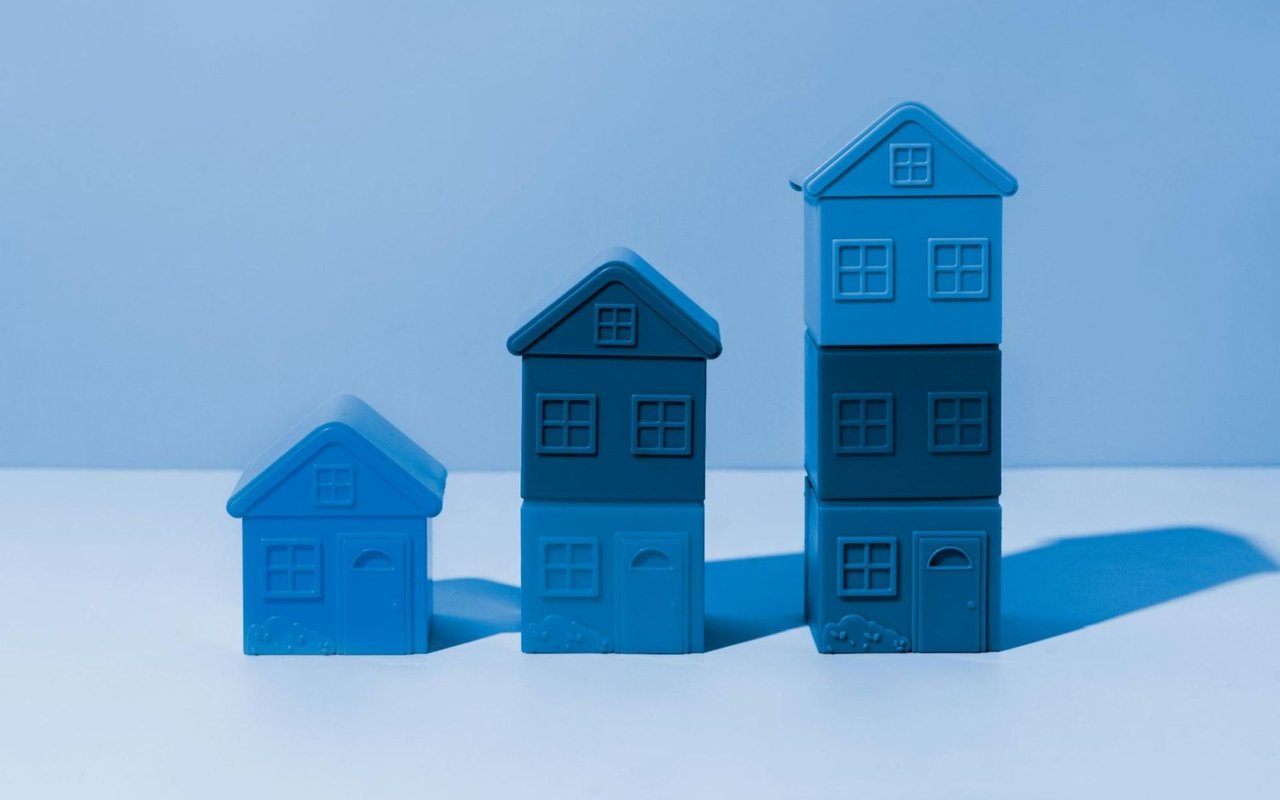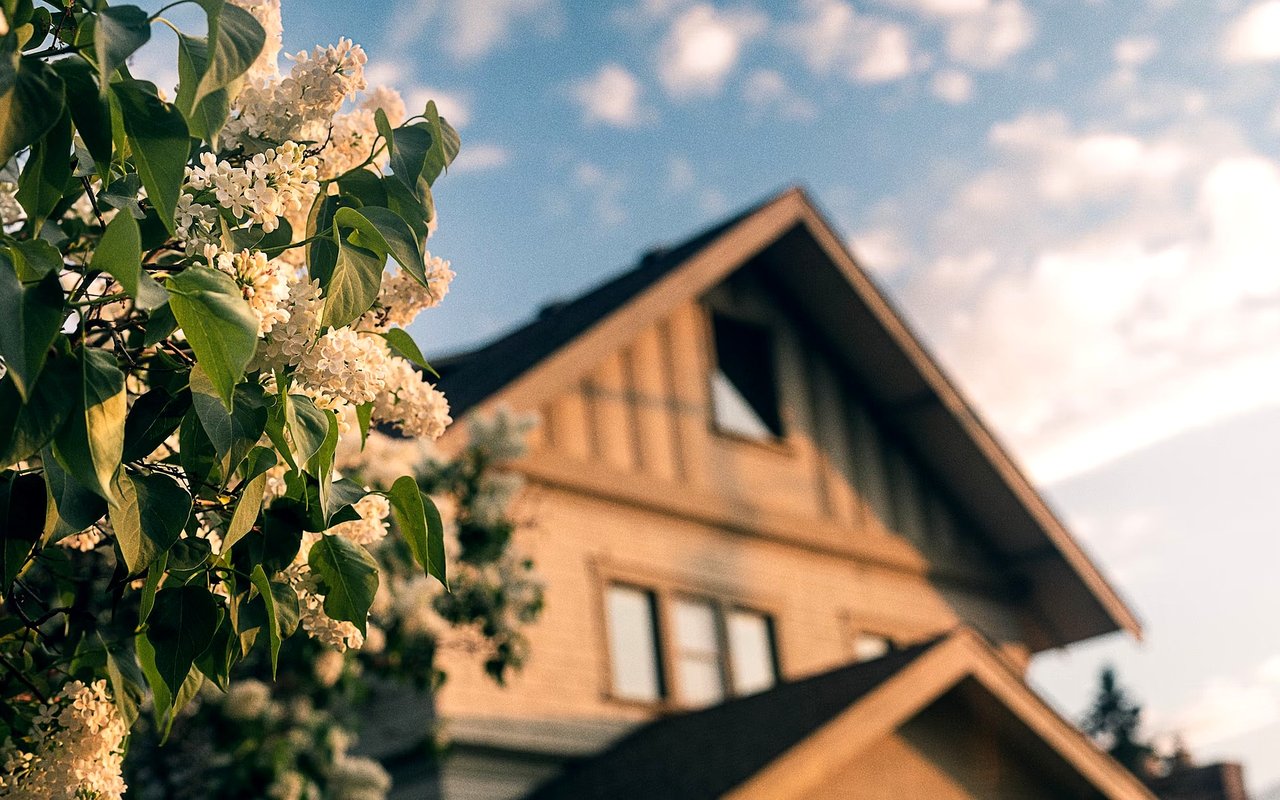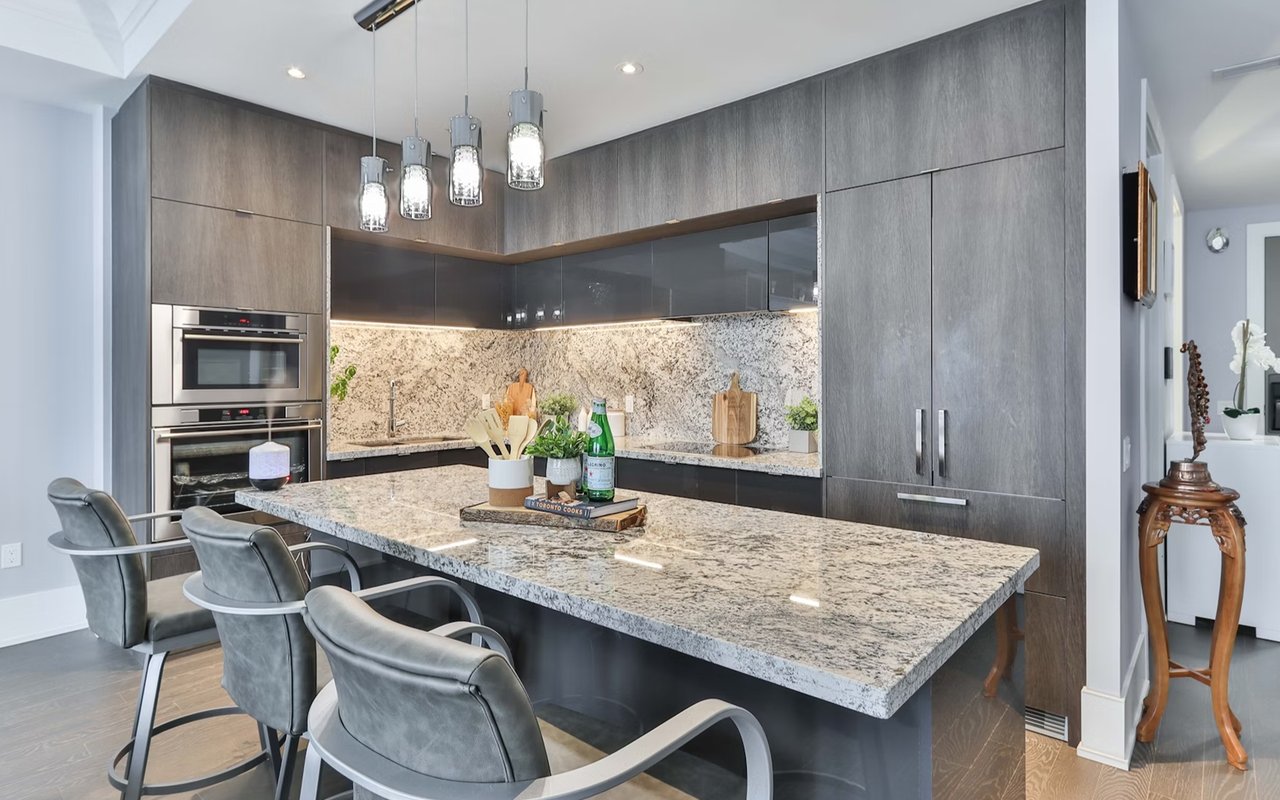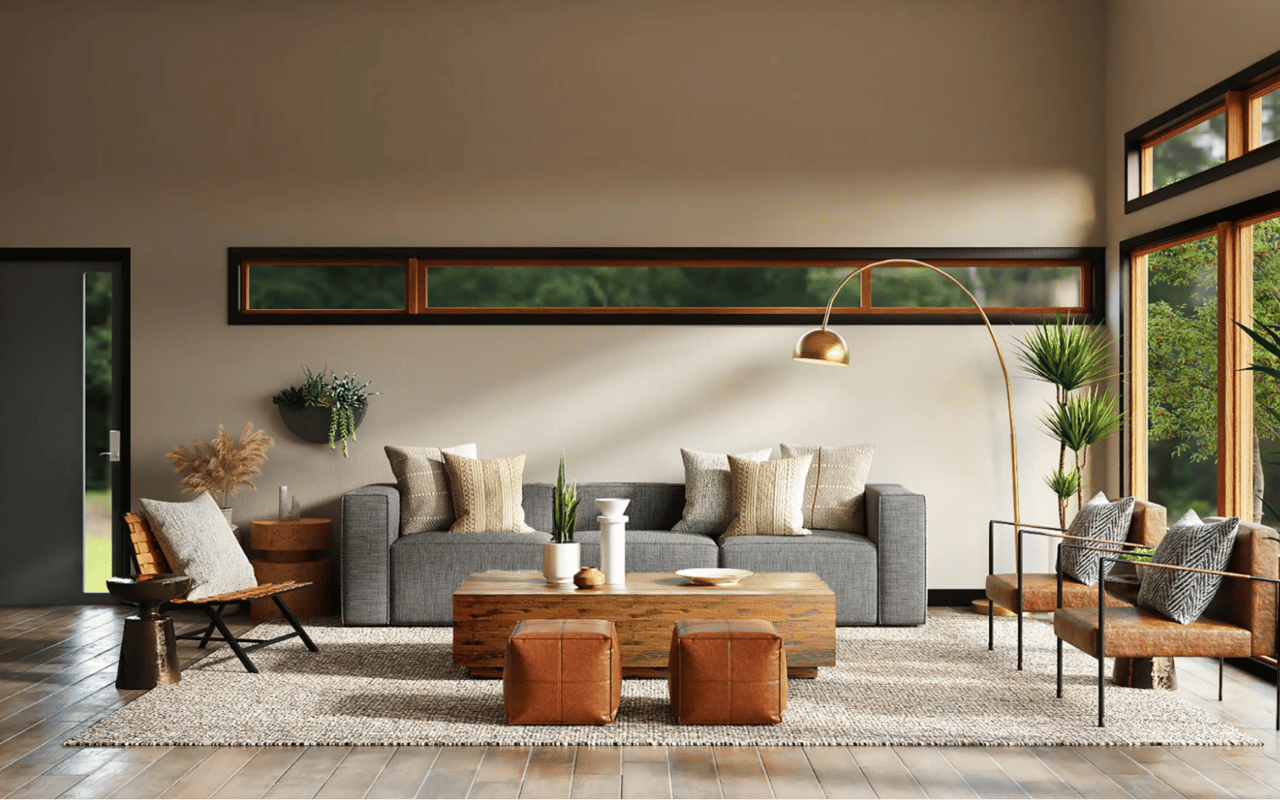When exploring the world of real estate, one factor that significantly influences a property’s market value is its age. Home age is more than just a number; it represents a complex interplay of history, construction quality, design trends, and location. In this blog post, we’ll break down how a home’s age impacts its value and what buyers and sellers need to know to make informed decisions.
1. The Appeal of Newer Homes
Modern Design and Amenities: Newer homes often cater to contemporary tastes and lifestyles. Features like open floor plans, energy-efficient appliances, smart home technology, and modern finishes are standard in newer constructions. These features typically attract buyers who prioritize convenience and cutting-edge design.
Lower Maintenance Costs: A newer home generally requires less immediate maintenance or repairs. With updated systems such as plumbing, electrical, and HVAC, buyers can expect fewer headaches and lower upkeep costs in the first few years of ownership.
Energy Efficiency: Modern building codes emphasize energy efficiency, which means newer homes often come with better insulation, double-pane windows, and energy-saving appliances. These features translate to lower utility bills and a reduced carbon footprint—a major selling point for eco-conscious buyers.
Higher Initial Costs: However, newer homes often come with a premium price tag. Buyers pay for the benefits of modernity, and this can sometimes make newer homes less accessible to budget-conscious buyers.
2. The Value of Older Homes
Character and Craftsmanship: Older homes often exude charm and character that newer constructions may lack. Architectural details like crown molding, intricate woodwork, and stained-glass windows are hallmarks of historic homes, making them highly desirable for those who appreciate timeless design.
Established Neighborhoods: Many older homes are located in well-established neighborhoods with mature landscaping, larger lot sizes, and proximity to schools, parks, and amenities. These factors contribute significantly to their market value.
Renovation Potential: Older homes present opportunities for customization. Buyers often purchase these properties with the intent to renovate or restore them to their former glory, which can add significant value. However, the costs of such projects should be carefully considered.
Maintenance and Upgrades: While older homes have their charm, they may come with outdated systems and deferred maintenance issues. Buyers need to factor in potential expenses for repairs, updates, and energy-efficiency improvements.
3. The Role of Location in Home Age Value
The location of a property can heavily influence how its age affects its market value. In high-demand urban areas, even older homes with deferred maintenance issues can command high prices due to their location. Conversely, in suburban or rural areas, newer homes might be more sought after due to their modern amenities and convenience.
4. Key Factors That Affect the Relationship Between Age and Value
Construction Quality: Not all homes are created equal. Older homes built with high-quality materials and craftsmanship can outlast newer homes made with less durable materials. The reputation of the builder and the construction methods used play a significant role in determining value.
Renovations and Upgrades: An older home that has been thoughtfully updated can rival or exceed the value of a newer home. Upgrades like modern kitchens, bathrooms, and energy-efficient systems can dramatically enhance the market value of an older property.
Market Trends: Trends in the
real estate market often dictate whether newer or older homes are more desirable. For example, during periods of economic uncertainty, buyers may prioritize lower-cost options, which could make older homes with lower price points more attractive.
Historical Significance: Homes with historical significance or located in historic districts can command a premium. Buyers are often willing to pay more for the privilege of owning a piece of history, especially when the property has been well-maintained or restored.
5. Tips for Buyers and Sellers
For Buyers:
- Assess Your Priorities: Decide whether you value modern amenities or the charm of an older home more. Understanding your preferences can narrow your search.
- Factor in Long-Term Costs: Consider maintenance, repairs, and potential upgrades when budgeting for an older home.
- Work with an Experienced Agent: An experienced real estate agent can help you evaluate the true value of a home, taking age, location, and market trends into account.
For Sellers:
- Enhance Curb Appeal: Whether your home is new or old, first impressions matter. Fresh paint, landscaping, and minor repairs can go a long way in boosting market value.
- Highlight Unique Features: If you’re selling an older home, emphasize its character, craftsmanship, and history. If it’s a newer home, showcase its modern amenities and energy efficiency.
- Set a Competitive Price: Work with a knowledgeable agent to set a price that reflects your home’s age, condition, and location.
6. How Tom Covello Can Help
Navigating the complexities of home age and market value requires expertise and insight. Whether you’re buying or selling, working with a seasoned real estate professional can make all the difference.
As a top-producing real estate agent in Washington, Tom Covello has a deep understanding of the local market and a proven track record of success. From identifying the hidden potential of older homes to highlighting the unique benefits of newer properties, Tom’s personalized approach ensures you make the best decision for your goals.
Ready to Take the Next Step?
Let Tom Covello guide you through every stage of your real estate journey. Whether you’re buying, selling, or just exploring your options, Tom’s expertise and dedication will help you achieve success. Visit
Tom Covello’s website today and discover how he can help you decode the relationship between home age and market value to find the perfect property for your needs!










